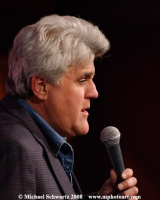Q: My client produces final consonants inconsistently. Do you suggest using minimal difference pairs? Multiple oppositions? I have tried targeting individual sounds as well as teaching several sounds at the same time. I’m wondering what methods you recommend. I use every technique I have ever heard of. I believe that all methods have value. Our job is to pair the right technique to the right client at the right moment. A certain technique might work perfectly well with one client and…
Final C’s: Recommended Methods
By Pam Marshalla

